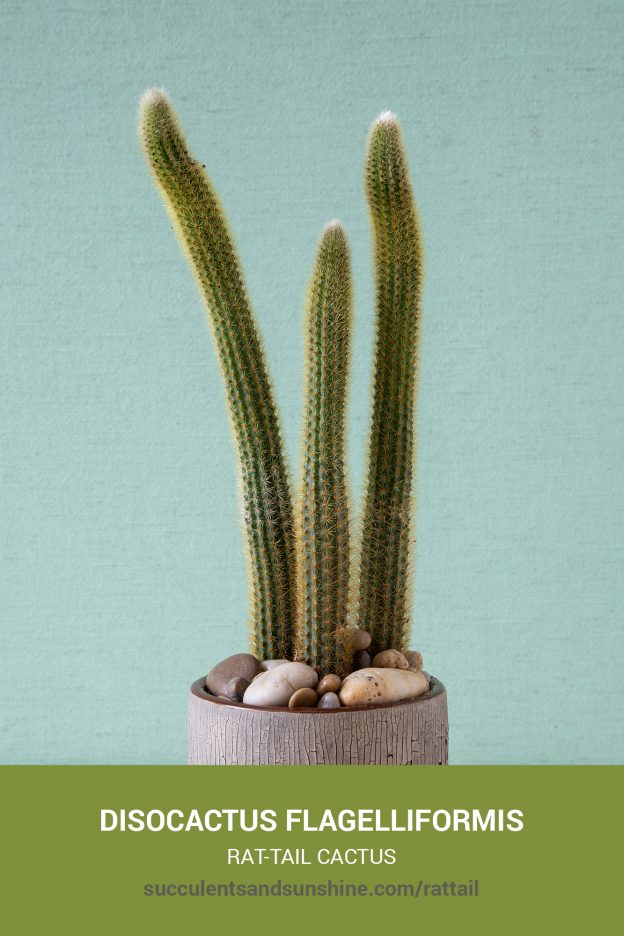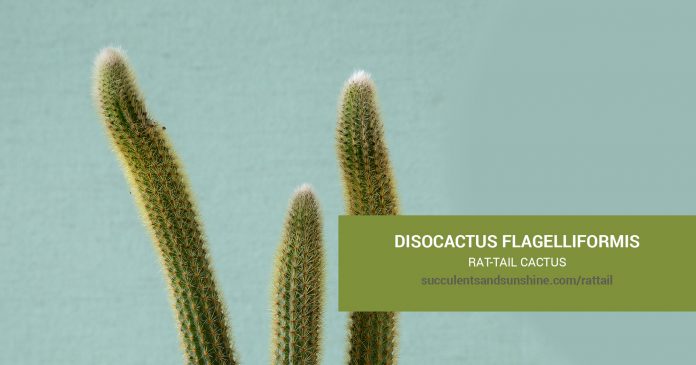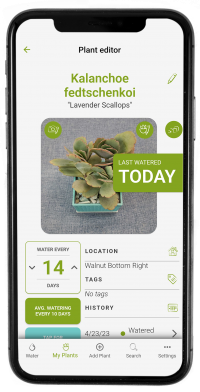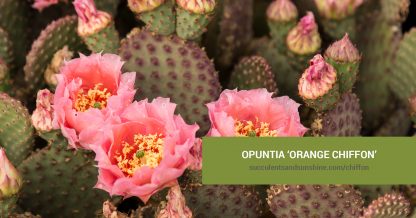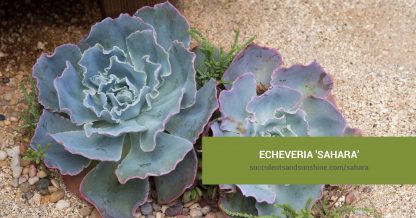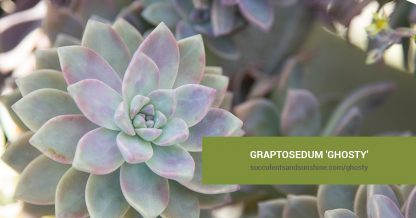Care and Propagation Information
General Care for Disocactus flagelliformis “Rat-Tail Cactus”
This common cactus is synonymous with Aporocactus flagelliformis. It is also closely related to Disocactus phyllanthoides “German Empress.”
“Rat-Tail Cactus” does not tolerate extreme fluctuations in temperature, so it's best to grow it where it won't experience dramatic shifts in temperature. It does well in humid environments.
Watering
Disocactus flagelliformis “Rat-Tail Cactus” has typical watering needs for a succulent, except during the Fall and Spring when it is growing, and it requires more frequent watering. In the Winter, water sparingly. It's best to use the “soak and dry” method, and allow the soil to dry out completely between waterings.
Where to Plant
Disocactus flagelliformis “Rat-Tail Cactus” is not cold hardy, so if you live in a zone that gets colder than 30° F (-1.1° C), it's best to plant this succulent in a container that can be brought indoors. It does well in full to partial sun.
Plant in an area of your garden that gets 6 hours of sunlight a day. If planting indoors, place in a room that gets a lot of sunlight, such as near a southern-facing window (if you're in the Northern Hemisphere).
How to Propagate Disocactus flagelliformis “Rat-Tail Cactus”
Disocactus flagelliformis “Rat-Tail Cactus” is easily propagated from stems that fall from the main plant. They will root where they fall, or you can pick these up and place them in well-draining soil. You can also propagate “Rat-Tail Cactus” from seed.
Cuttings
To grow “Rat-Tail Cactus” from cuttings, use a sterile, sharp knife or pair of scissors. Using a pair of tongs, remove a stem from the main plant, and allow it to callous for several days before placing on well-draining soil. Water whenever the soil has dried out completely.
Learn more about safely handling cacti for propagation here.
Seeds
To grow Disocactus flagelliformis “Rat-Tail Cactus” from seed, sow your seeds in a well-draining soil. You can grow “Rat-Tail Cactus” seeds outdoors if you live in an zone above 10a. If you live in a cooler area, you can begin sowing indoors under a grow light or on a seed mat.
